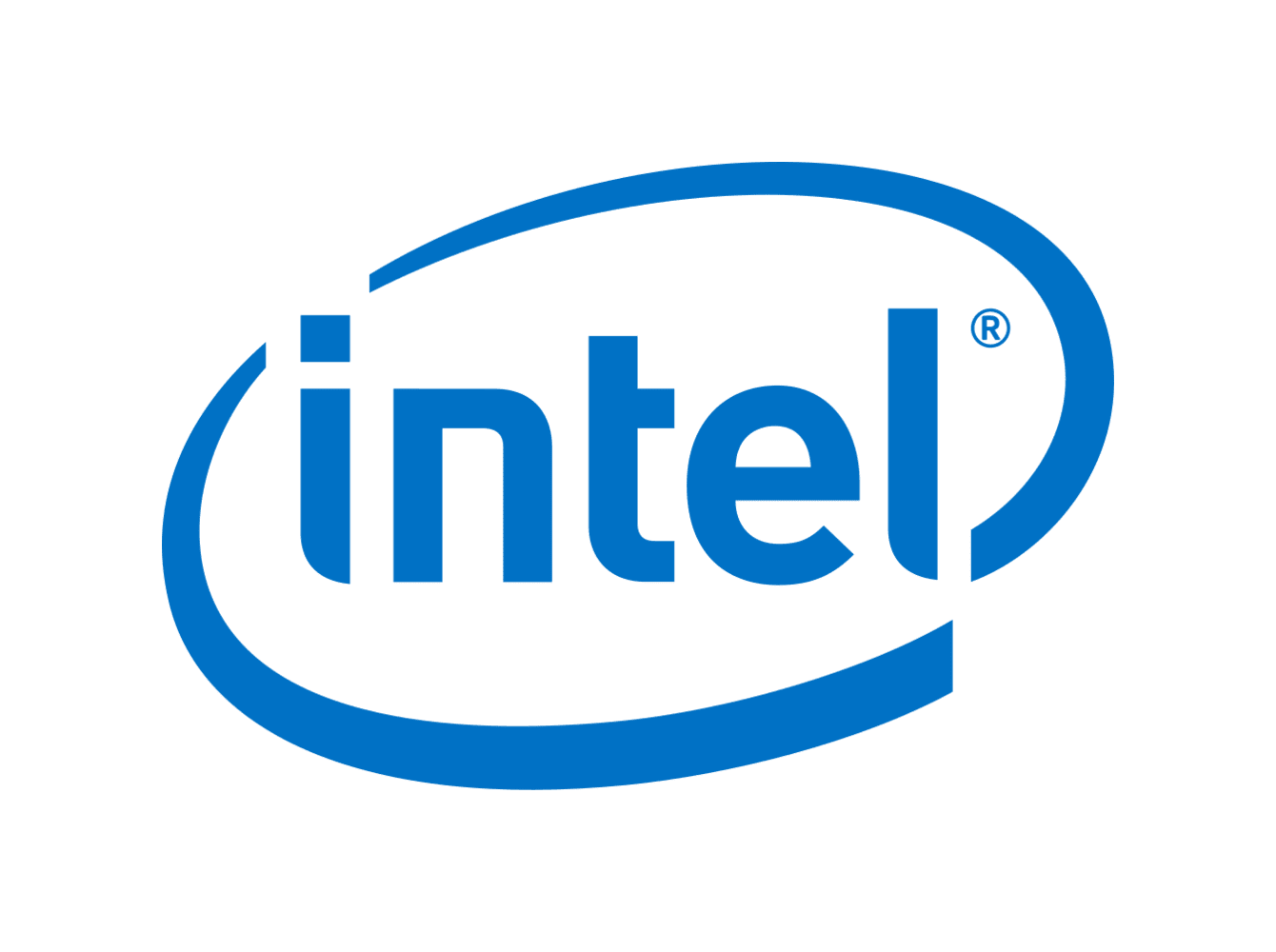- 1 Post
- 5 Comments
I feel proud to have owned R9-280X (HD 7970). Imo, it (HD 7970) was the best card.

 1·2 years ago
1·2 years agoRun “
vulkaninfo --summary”. (vulkan-tools package is needed for this command to run)That will print the list of video adapter/devices at the bottom.You will see something like
GPU0,GPU1and so on. (It is assumed you have installed all Mesa drivers packages properly).Now you have to look at the “
driverName” property of that device. Each AMD graphics device installed on your system that uses Mesa drivers should show two drivers. “llvmpipe” and “radv”. llvmpipe is software pipeline. We don’t need that. The radv one is what we need. radv is Vulkan driver that uses hardware of modern AMD GPUs.Now come to Steam launch options/command line.There is an environment variable called
DRI_PRIME=.So, if we want games to use radv driver we put
DRI_PRIME=0 %command%inside the Steam launch options text box. The0is taken from GPU0. If radv is under GPU1 or GPU2 or whatever it shows on you system, use the number part from the GPU0 string as the value for DRI_PRIME.

 1·2 years ago
1·2 years agoSo was the experience of Nvidia users back when DLSS 1 came out.

 1·2 years ago
1·2 years agox86 was about to die since 80s LOL.
PCIe rebar currently uses system RAM to VRAM communication. 3dvcache to VRAM via DMA could be made possible without even accessing RAM, this would completely eliminate 50+ ns of RAM access latency (of course the necessary data needs to be already available in 3dvcache from system RAM before any of this fancy stuff happens).